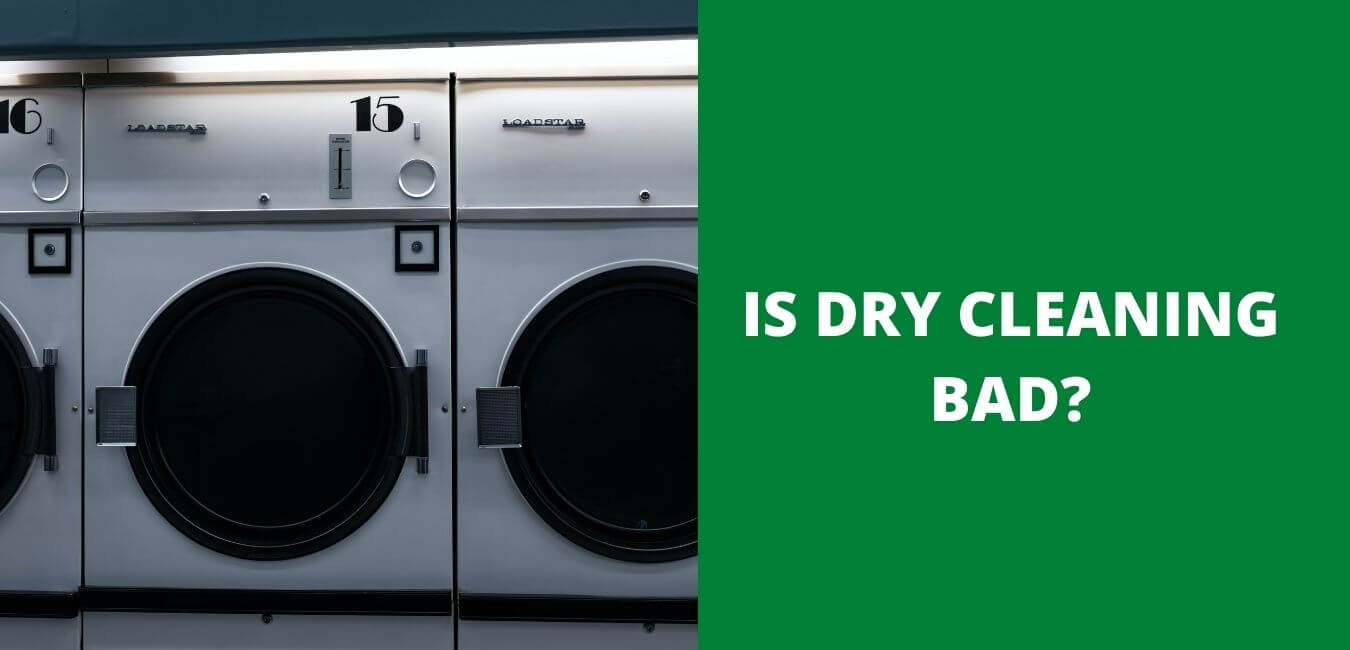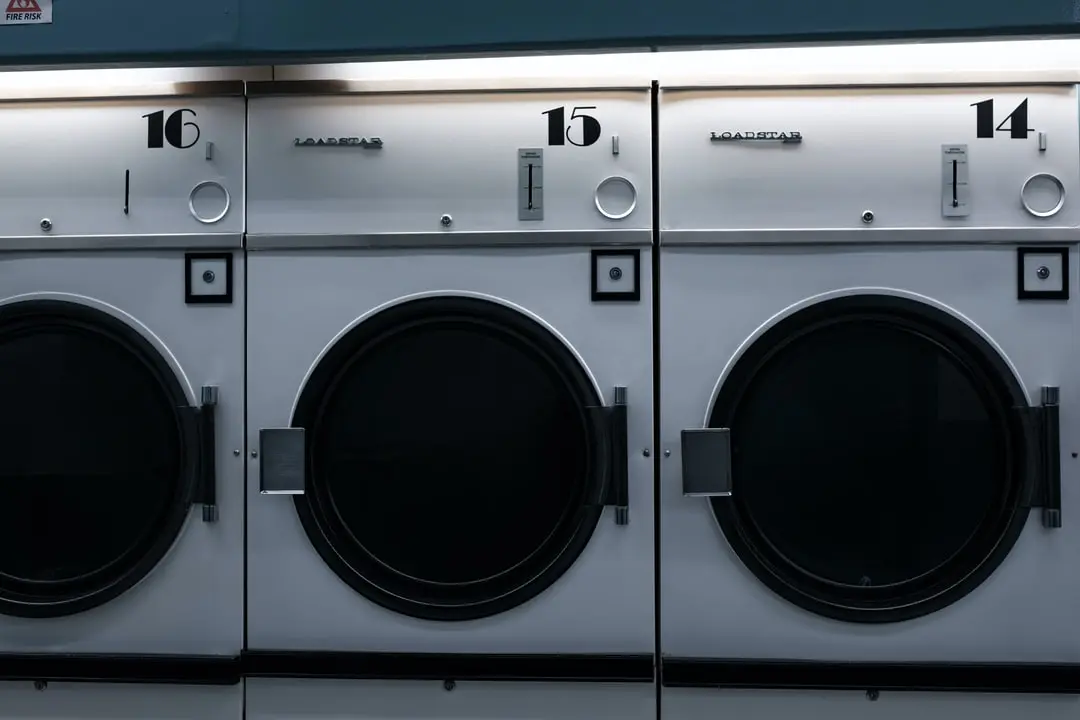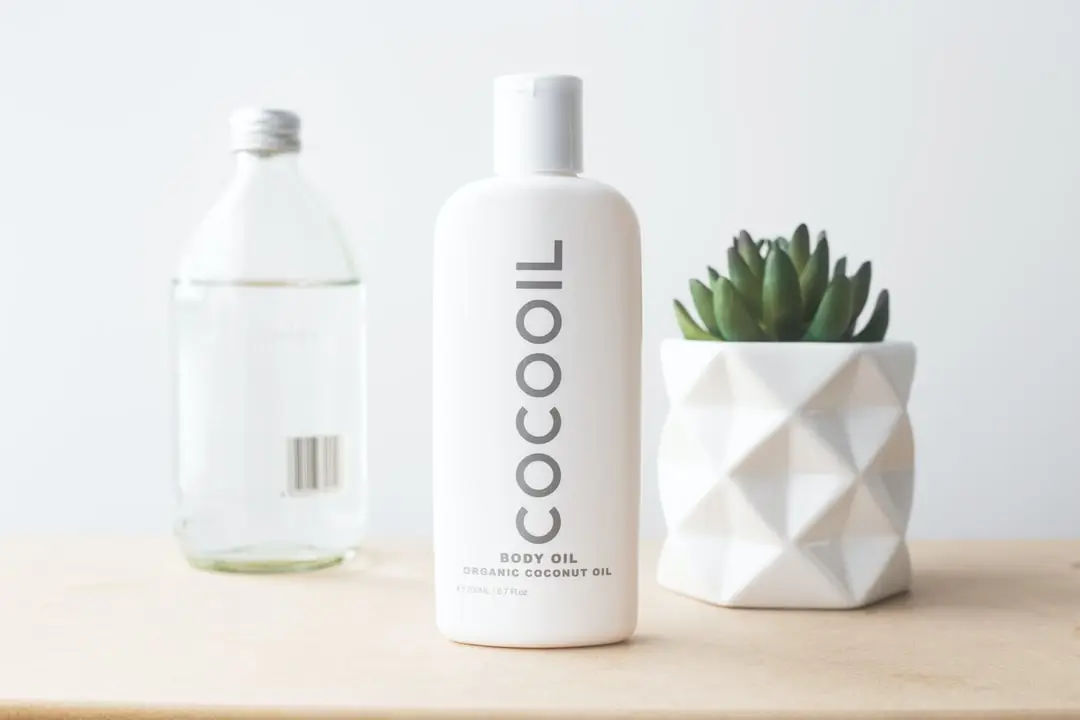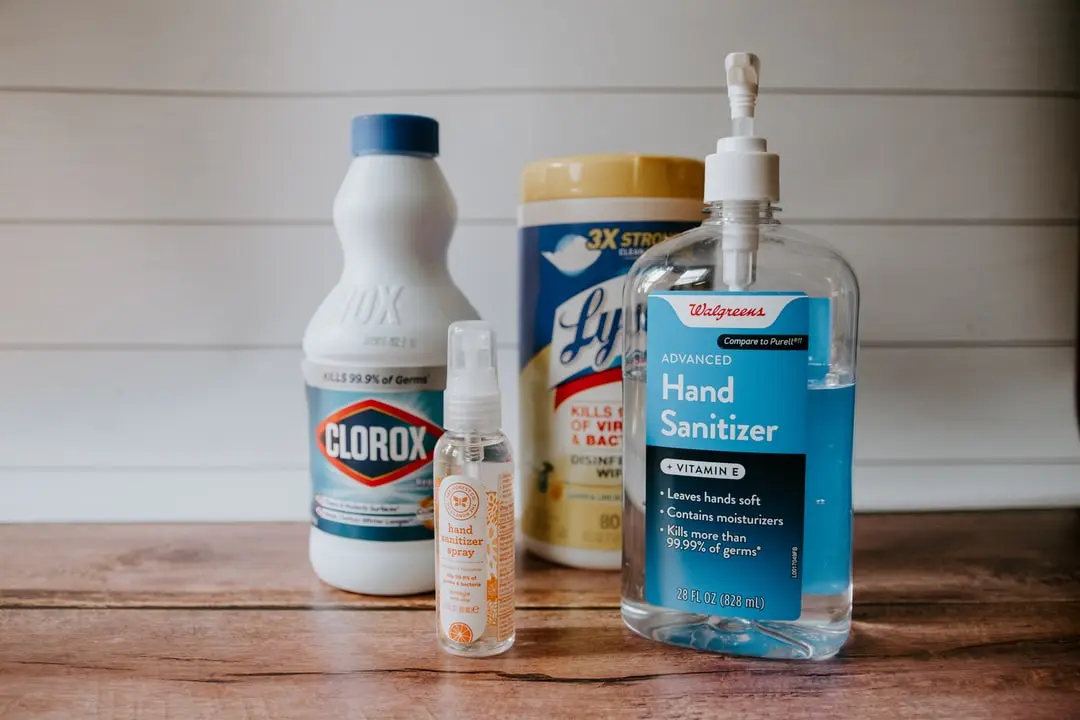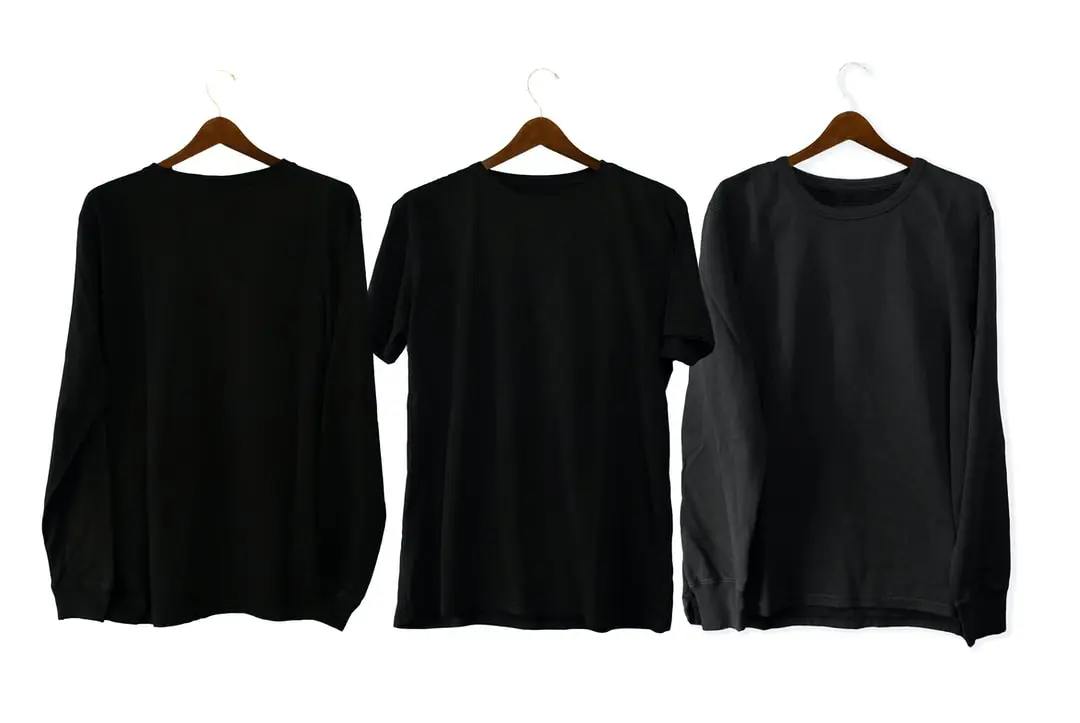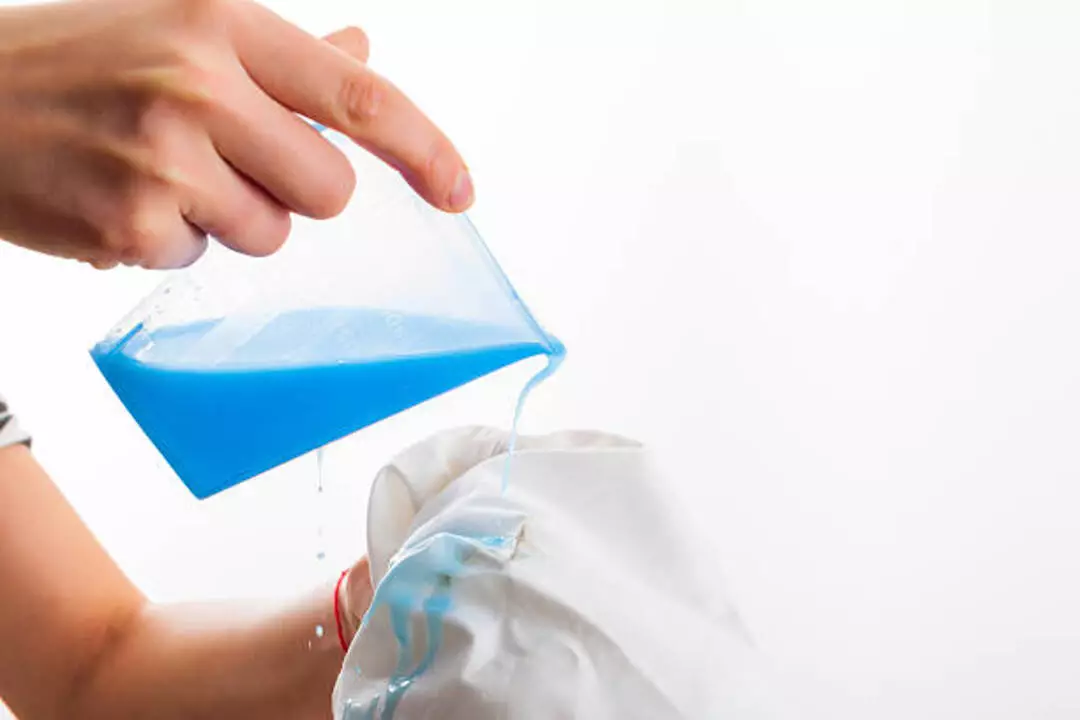On my master’s thesis defense day, I was all dressed up and ready to leave the house for the big day ahead.
I gave myself a quick once-over in the mirror and noticed something all too familiar and frustrating – deodorant stains on my freshly laundered shirt.
A combination of annoyance and embarrassment washed over me as I scrambled to find an old toothbrush and frantically scrubbed these white marks away. Sound familiar? I think am not alone.
Deodorant stains can be the bane of many people’s existence, especially those who find themselves dealing with this pesky problem on a daily basis.
That’s why I’ve decided to put together a comprehensive list of the who, what, why, and how behind these stubborn spots.
So, without further ado, let’s dive deep into the 11 reasons why deodorant stains are practically a universal wardrobe frustration, and perhaps more importantly, what you can do to prevent them in the future.
Table of Contents
Why There Are Deodorant Stains on Your Shirt

1. Excessive sweating
As someone who suffers from excessive sweating, I’ve noticed that deodorant stains on my shirts are a common and frustrating problem. It seems that no matter what I do, those pesky marks always find their way onto my favorite black and white shirts.
Excessive sweating, also known as hyperhidrosis, is a condition that affects millions of people worldwide. It causes the body to produce a larger amount of sweat than is necessary to maintain normal body temperature. For people like me, this means not only dealing with embarrassing moments of visible sweat, but also the inevitable deodorant stains that follow.
One main cause of deodorant stains is the active ingredient found in many antiperspirants, aluminum chloride. This chemical is meant to provide a protective barrier to reduce sweat production and eliminate odor; however, it can also react negatively with our sweat, leading to those dreaded yellowish marks on our clothes.
Aside from the chemical reactions, overusing deodorant can also contribute to the formation of stains on our shirts. Applying too much product can lead to excess residue on our skin, which then transfers to our clothing throughout the day. In an attempt to combat heavy sweating, we may unintentionally be making the problem worse.
In dealing with excessive sweating, it’s important to find ways of managing it – whether through the use of specialized antiperspirant, seeking medical advice, or exploring natural remedies. And as for those annoying deodorant stains, prompt action is key to removing them and keeping our wardrobe looking fresh.
2. Using too much deodorant/antiperspirant
Ever since I started using deodorant and antiperspirant, I’ve noticed that my shirts often end up with unsightly stains. Over time, I’ve realized that one reason for these stains is simply using too much product. I hate to admit it, but sometimes, I go overboard with the application, thinking that more product equals better odor protection and less sweat.
What I didn’t realize is that excess deodorant or antiperspirant gets trapped in the fibers of my clothes and causes those annoying stains, especially on darker fabrics where the contrast is more noticeable. It’s important to remember that moderation is key when applying these products – a few swipes should do the trick.
One helpful tip I’ve discovered is to allow the product to dry on my skin before getting dressed. This way, there’s a lower chance of any residue transferring onto my clothes and causing those stubborn stains. Also, I’ve found that it’s often better to stick with clear formulas that don’t leave white streaks on my clothes in the first place.
So now, whenever I find myself tempted to slather on more deodorant or antiperspirant than necessary, I try to remind myself that less is more. With some mindful application and the right products, I’ve managed to significantly reduce the number of stains on my shirts – and ultimately, save my favorite clothes from an early retirement in the back of my closet.
3. Applying deodorant/antiperspirant too soon before putting on a shirt
One reason I often find deodorant stains on my shirts is that I tend to apply my deodorant or antiperspirant just before getting dressed. It seems like a quick and efficient process, but I recently learned that it’s causing those pesky white marks and even yellow stains.
I’ve discovered that it’s essential to give deodorant some time to dry before putting on a shirt. This allows the product to absorb into my skin and reduce the transfer onto the fabric. Now, I’ve started to apply my deodorant earlier in my morning routine to give it a chance to dry while I do other things like brushing my teeth and combing my hair.
Another helpful trick I’ve learned is to be mindful of how much product I’m using. Over-applying can lead to excessive residue, which increases the chances of leaving white marks or even causing buildup stains over time. By using just the right amount of deodorant, I’m not only saving my clothes from unsightly marks but also making the product last longer.
As a result of these adjustments in my routine, the stains on my shirts have significantly reduced. All it took was a little patience and mindfulness to see a significant improvement in the appearance of my clothes.
4. Using the wrong type of deodorant/antiperspirant
As someone who’s struggled with annoying deodorant stains on my shirts, I’ve realized that using the wrong type of deodorant or antiperspirant can be a major contributor to this frustrating problem. I used to think that all deodorants and antiperspirants were created equal, but I’ve come to learn that this is not the case. There are key differences in the ingredients and formulations of these products, and these differences can lead to those unsightly white marks and stains on my clothes.
First and foremost, I discovered that antiperspirants are more likely to cause stains on my shirts because they contain aluminum salts. These salts are great at reducing sweat, but they can also leave chalky residue on my skin that easily transfers to my clothes, resulting in white marks. On the other hand, deodorants without aluminum may be less likely to cause these stains, but some of them still use ingredients that can leave residue on my shirts, especially in the underarm area.
Another issue I’ve found is that the form of deodorant or antiperspirant I use plays a role in causing stains. I noticed that stick and roll-on varieties often leave more residue on my clothes compared to sprays because they deposit a thicker layer of product on my skin. This led me to switch to a spray deodorant to minimize its transfer to my clothes.
Ultimately, finding the right type of deodorant or antiperspirant that suits my personal needs and leaves the least amount of residue on my shirts has been a journey. But now, armed with more knowledge about what’s causing those annoying stains and white marks, I feel more confident in keeping my clothes looking fresh and clean.
5. Wearing tight or clingy clothing
One of the reasons that I often find deodorant stains on my shirts is that I tend to wear tight or clingy clothing. I have discovered that this type of clothing can trap sweat and deodorant particles against my skin, preventing them from evaporating or absorbing into the fabric properly. This can lead to the formation of unsightly deodorant stains, especially if I am sweating heavily.
To help prevent these stains, I have started to choose looser-fitting garments that allow for better airflow between my skin and the fabric. This helps to reduce the amount of perspiration and deodorant that gets trapped against my body, reducing the likelihood of stains forming. I also try to opt for clothing made from breathable materials, like natural fibers or moisture-wicking fabrics, as they can help to manage sweat more effectively than synthetics.
Additionally, I have learned to be more mindful of how I apply my deodorant. I now make sure to apply a thin layer and let it dry completely before getting dressed, reducing the chances of it transferring onto my clothing. Overall, making these small changes to my clothing choices and application habits has significantly decreased the frequency of deodorant stains on my shirts and helped me feel more confident in my appearance.
6. Wearing certain fabrics
One of the reasons deodorant stains seem to plague my shirts might be the type of fabric I’m wearing. Certain materials are more prone to absorbing deodorant and sweat than others, causing unsightly stains and marks on my clothing. Understanding the characteristics of different fabrics can help me make smarter wardrobe choices and avoid the frustrating deodorant stains.
Natural fibers like cotton and linen are great options as they tend to be more breathable and absorbent, reducing the chances of perspiration and deodorant residue building up on my clothes. These materials are also easier to clean, often allowing me to remove any stubborn stains more effectively. On the other hand, synthetic fabrics such as polyester and nylon are less breathable and may retain moisture and deodorant, leading to an accumulation of those dreaded white marks.
To avoid deodorant stains ruining my favorite shirts, I’ve learned to opt for lightweight and breathable materials like cotton whenever possible. Not only do these fabrics help reduce sweat and deodorant buildup, but they also feel more comfortable and fresh throughout the day. By making simple changes to the types of fabrics I wear, I’ve noticed a significant decrease in deodorant stains and regained confidence in my appearance.
7. Not washing shirts frequently enough
I have to admit, I’m guilty of not washing my shirts as frequently as I should. It’s just so easy to toss a shirt back into the closet after wearing it for a few hours and assume it’s still clean enough for another wear. But in reality, this is one of the main reasons why I end up with stubborn deodorant stains on my shirts.
Here’s the thing – even if I don’t feel like I’ve sweated much during the day, there’s still a good chance that my deodorant has rubbed off onto the fabric. And the longer I wait between washes, the more the deodorant gets baked into the fibers, making it even harder to remove.
And it’s not just the visible stains that are a problem. Over time, the buildup of sweat and deodorant can also cause my shirts to develop an unpleasant odor. In some cases, I’ve even had to throw out shirts that have become too smelly or stained to salvage.
So, in an effort to save my wardrobe (and my dignity), I’ve made it a point to wash my shirts more often. It might be a bit more work, but it’s worth it to keep my clothes fresh, clean, and free of ugly deodorant stains. I’ve learned that a little extra laundry time can go a long way in extending the life of my shirts and keeping me looking and smelling my best.
8. Not using enough detergent
One day, I noticed that there were deodorant stains on my shirts. It seemed to happen every time I wore a new shirt. After much experimenting, I discovered that the main culprit for these stains was my laundry routine, specifically, not using enough detergent.
I realized that using just a small amount of detergent wasn’t sufficient enough to clean my shirts thoroughly and get rid of the stubborn deodorant stains. My laundry detergent was not being properly distributed in the wash, which led to the residue being left behind on my clothes. In turn, this residue built up over time and resulted in those dreaded deodorant stains.
So, I decided to experiment with using more detergent in my laundry loads. I was apprehensive at first, fearing that too much detergent could damage my clothes or cause other issues. However, I was pleasantly surprised to find that using the recommended amount of detergent made a significant difference in getting rid of the deodorant stains on my shirts.
Using the right amount of detergent also seemed to make my clothes feel cleaner overall. I experienced less residue and fewer stains after making this simple change to my laundry routine. Additionally, I noticed that my clothes smelled fresher, which was an added bonus.
In conclusion, if you’re struggling with deodorant stains on your shirts and wondering what’s going wrong, take a closer look at your laundry routine. Using enough detergent could make all the difference in both preventing new stains and removing existing ones. Don’t be afraid to experiment and find the perfect balance that works for you and your clothes.
9. Not using hot enough water when washing
It’s a common issue that many of us face – deodorant stains on our favorite shirts. It seems like no matter what we do or what products we use, those pesky stains just won’t go away. One reason behind this frustrating problem could be that we’re not using hot enough water when washing our clothes.
When it comes to getting rid of deodorant stains, hot water can be our best friend. You see, hot water helps to break down and dissolve the residue left behind by our deodorants, making it easier for our detergent to lift the stains out of the fabric during the wash cycle. Plus, hot water is just generally better at breaking down oil and grease, so it’s great for getting out those stubborn stains.
If you’ve never considered adjusting the water temperature when washing your clothes, you may want to give it a try. Start by increasing the water temperature to the maximum recommended for your garment. You should be able to find this information on your shirt’s care label. Just be sure not to exceed the recommended temperature, as this could cause damage to the fabric.
Not only will using a higher water temperature improve your chances of removing those stubborn deodorant stains, but it can also help kill any lingering bacteria that may be causing unpleasant odors in your clothes. So, with just a small change to your laundry routine, you’ll be able to enjoy fresh, stain-free shirts and feel confident in your appearance.
Assuming you’re already using an appropriate detergent and following the recommended washing practices, making this simple adjustment to your washing routine could be the key to getting rid of those annoying deodorant stains once and for all. Give it a try and see the difference it makes to your favorite shirts.
10. Using fabric softener
Oh, how I wish I had known sooner that using fabric softeners could cause deodorant stains on my shirts. I have always loved using fabric softeners because they make my clothes feel soft and smell incredible. However, little did I know that this delightful laundry additive might be the culprit behind those stubborn deodorant stains on my favorite shirts.
You see, fabric softeners work by leaving a thin layer of chemicals on the fibers of your clothing. This layer helps to reduce static cling and makes your clothes feel softer. Unfortunately, it can also create a barrier that prevents deodorant from washing away completely during the laundry process. Instead, the deodorant and fabric softener end up reacting with one another, resulting in those stubborn stains on my shirts.
After discovering this, I decided to experiment with my laundry routine and eliminate fabric softener from the equation. And guess what? It actually made a difference! My shirts started to come out of the wash looking cleaner and those pesky deodorant stains were less noticeable.
Now don’t get me wrong, I still miss the lovely scent and softness that fabric softeners bring. But when I weigh that against the appearance of deodorant stains, it doesn’t seem worth it. Of course, everyone’s laundry routine is different, and what works for me may not work for you. But if you’re struggling with deodorant stains, it might be worth giving this solution a try.
In the meantime, I’m on the hunt for alternative ways to keep my clothes soft and smelling fresh without contributing to those annoying deodorant stains. If you have any suggestions, please send them my way.
11. Drying clothes in the sun or high heat settings.
One reason for deodorant stains on my shirts could be drying them in the sun or using high heat settings. I’ve noticed that when I hang my clothes outside to dry in direct sunlight, it can sometimes cause the deodorant residue on the fabric to set in more deeply, creating a stubborn stain. On the other hand, if I use high heat settings in the dryer, the same thing can happen.
To avoid this issue, what I’ve started doing is keeping my shirts out of direct sunlight when air-drying. I prefer finding a shady spot outdoors or simply drying them inside, away from any direct sun exposure. If I need to use the dryer, I opt for lower heat settings or the air-dry option. This way, I don’t have to worry about the heat intensifying the deodorant stains on my shirts.
Another thing I’ve noticed is that it’s essential to treat any visible deodorant stains before washing and drying my clothes. Using a pre-wash treatment or even just rubbing a bit of liquid detergent on the stain can make a significant difference in preventing those pesky deodorant marks from becoming permanent. By incorporating these techniques into my laundry routine, I’ve been able to keep my shirts looking fresh and free of unsightly deodorant stains.
Conclusion
Dealing with deodorant stains can be quite a hassle, but understanding the reasons behind them can help us prevent and tackle the issue. Factors such as the type of deodorant, aluminum content, fabric type, and personal body chemistry can play a role in causing these unsightly stains.
First and foremost, choosing the right deodorant is crucial. Opting for products free of aluminum or with lower concentrations of active ingredients can help avoid these stains. Additionally, experimenting with deodorant application techniques and allowing ample time for the product to dry before dressing can make a positive difference.
When it comes to the fabric of our shirts, investing in higher-quality and breathable materials can aid in the prevention of stains. Furthermore, implementing proper washing techniques such as soaking garments in cold water and vinegar can help lift stubborn marks.
Lastly, it’s important to remember that each person’s body chemistry is unique. Embracing our individual quirks and finding tailored solutions for our clothing care will ultimately lead to a more sustainable, long-lasting wardrobe. Don’t be too hard on yourself – deodorant stains are just a part of life, and luckily, they can be effectively dealt with by implementing these simple changes in our daily routine.


